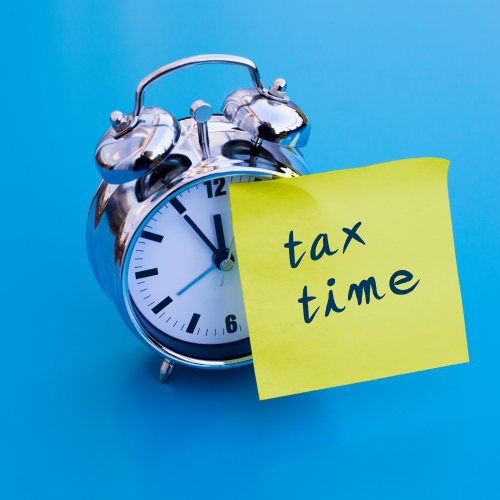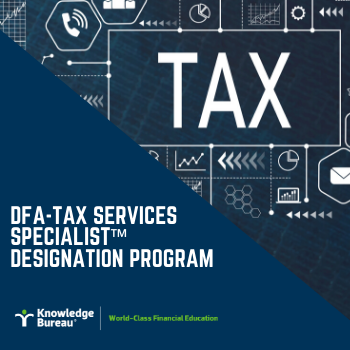Last updated: February 25 2020
It’s Official! Tax Filing Season Has Started

Evelyn Jacks
The CRA started E-filing transmission services on Monday, February 24 which means tax refunds should be flowing soon for millions of tax filers. This tax season features a new 8-page tax return and a complete change to the line numbering system throughout the return. Plus, coming in March there’s the introduction of Charlie to Chatbot who will answer general tax filing questions. But are you clear about when you must file? Many Canadians are not.
The date is April 30 for most people, including unincorporated proprietors who can avoid a late filing penalty by filing by June 15. Unfortunately, if money is owed interest is payable at the prescribed rate plus 4% more starting May 1.
The rules are different when filing for someone who has died during the year. The following applies:
- Death Occurred between January 1 to October 31: file by April 30
- Death Occurred between November 1 to December 31: File within six months after date of death (May 1 to June 30). Note however that balances due for the surviving spouse, who may file at the same time, must be paid on or before April 30 to avoid interest charges.
- Death of a self-employed person: Death Occurred January 1 to December 15: file by June 15. If death occurred in the period December 16 to December 31, file six months
 after date of death. Again, balances due for the surviving spouse, who may file at the same time, must be paid on or before April 30 to avoid interest charges.
after date of death. Again, balances due for the surviving spouse, who may file at the same time, must be paid on or before April 30 to avoid interest charges. - Prior filed returns for the deceased: The due dates above remain the same; but Taxpayer Relief Provisions may be applied to file late or amended returns in the prior 10 years, and to waive penalties and interest in hardship cases.
Executors who are filing final returns may take advantage of two important special privileges for deceased taxpayers that will provide additional tax relief:
- Rights and Things Returns. These additional returns can be filed to claim personal amounts in full on each return – terminal and rights or things - and to split between returns and claim other benefits to the best advantage of the taxpayer on each return .
- Election to Defer Payment: Especially because of the deemed disposition rules for capital assets on the death of a taxpayer, it is possible that a large tax liability can occur on death of a taxpayer. It is possible to rollover assets on a tax-free basis to a surviving spouse and to plan to maximize the use of unused tax losses, as well. But if the final result of the astute tax filing on death are a balance due, it is possible to postpone the tax payment until the asset is actually sold and money is received. Security for the amount owning may be posted by filing form T2075 Election to Defer Payment of Income Tax, Under Subsection 159(5) of the Income Tax Act by a Deceased Taxpayer's Legal Representative or Trustee. Although interest will be charged by the CRA as it waits for its money, this option may provide much-needed relief when high value, low liquidity capital assets must be disposed of to pay taxes on deemed disposition.
Always remember to complete Form TX19 Asking for a Clearance Certificate before distributing the estate.
So how long will it take to assess your family’s tax returns? CRA has provided some new digital help this year:
- A processing times tool –The Check CRA Processing Times tool on canada.ca uses published service standards to calculate expected completion times for tax returns. Also check out our coverage of the CRA Ombudsman’s Recommendations on this matter.
- Telephone wait times – Estimated wait times are now provided both on the phone and on the new contact information web page to help callers decide when is the best time to call.
- Personal identification number (PIN) – It is now possible to create a PIN in My Account or with the help of a CRA agent so taxpayers can verify themselves quickly and securely when calling the CRA.
- Pay any balance owed – Using the new “Proceed to Pay” buttons located in My Account, Canadians can make a secure and fast payment.
- Tax packages for paper filers – This year, the CRA has simplified the paper tax package and has once again mailed packages to those who filed on paper last year.
And that all brings us to next month’s poll question, which we’ll invite you to participate in next week: “This tax season CRA is providing online tools to estimate telephone answering and return processing wait times. Is this a service improvement?”
Additional educational resources: Take the recently updated Advanced Tax Filing and Planning certificate course. For a limited time, you can even save on tuition. Our Leap Year Special allows you to take any two certificate courses for only $995 (37% savings). Use code: 20LEAP.
COPYRIGHT OWNED BY KNOWLEDGE BUREAU INC., 2020.
UNAUTHORIZED REPRODUCTION, IN WHOLE OR IN PART, IS PROHIBITED.

